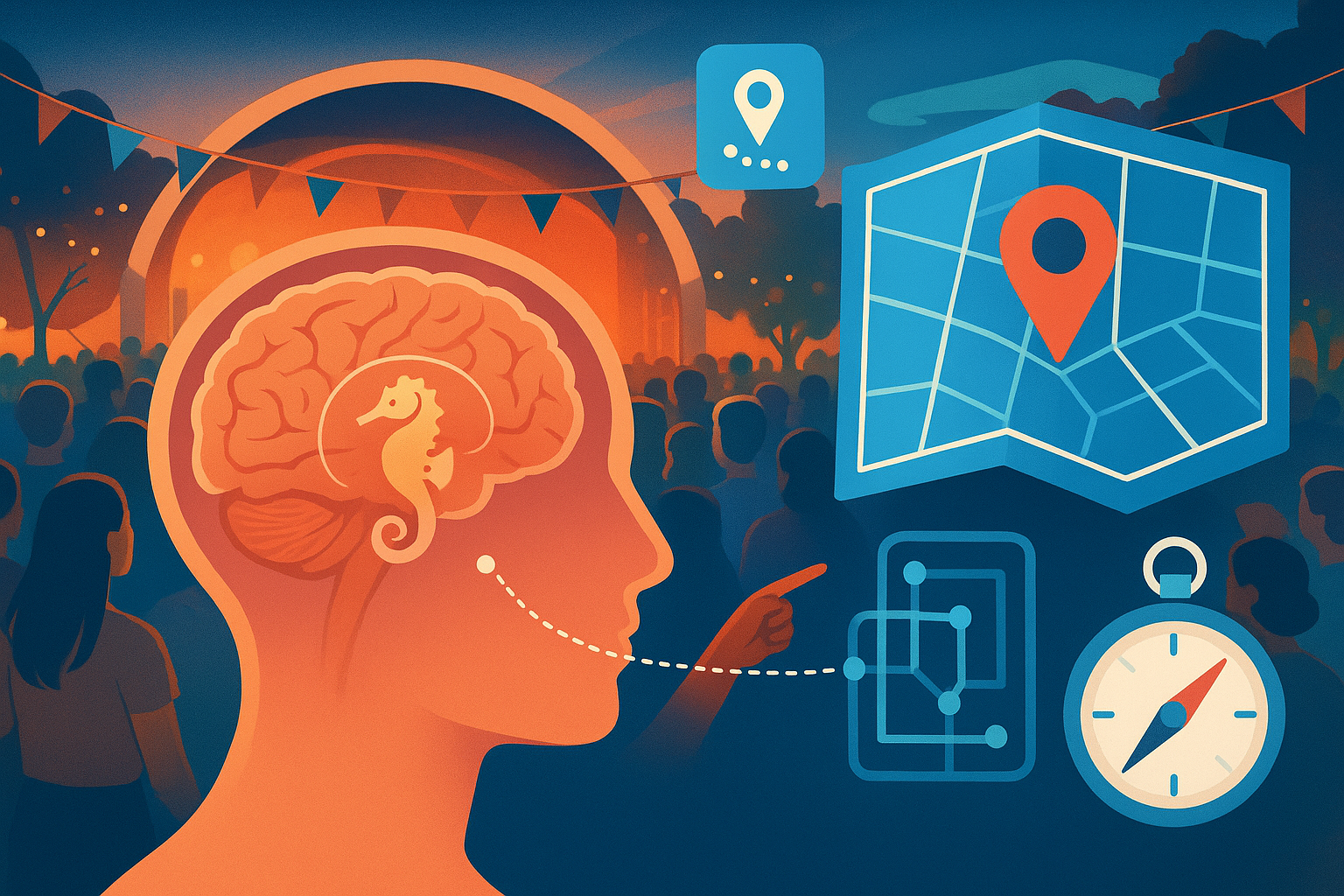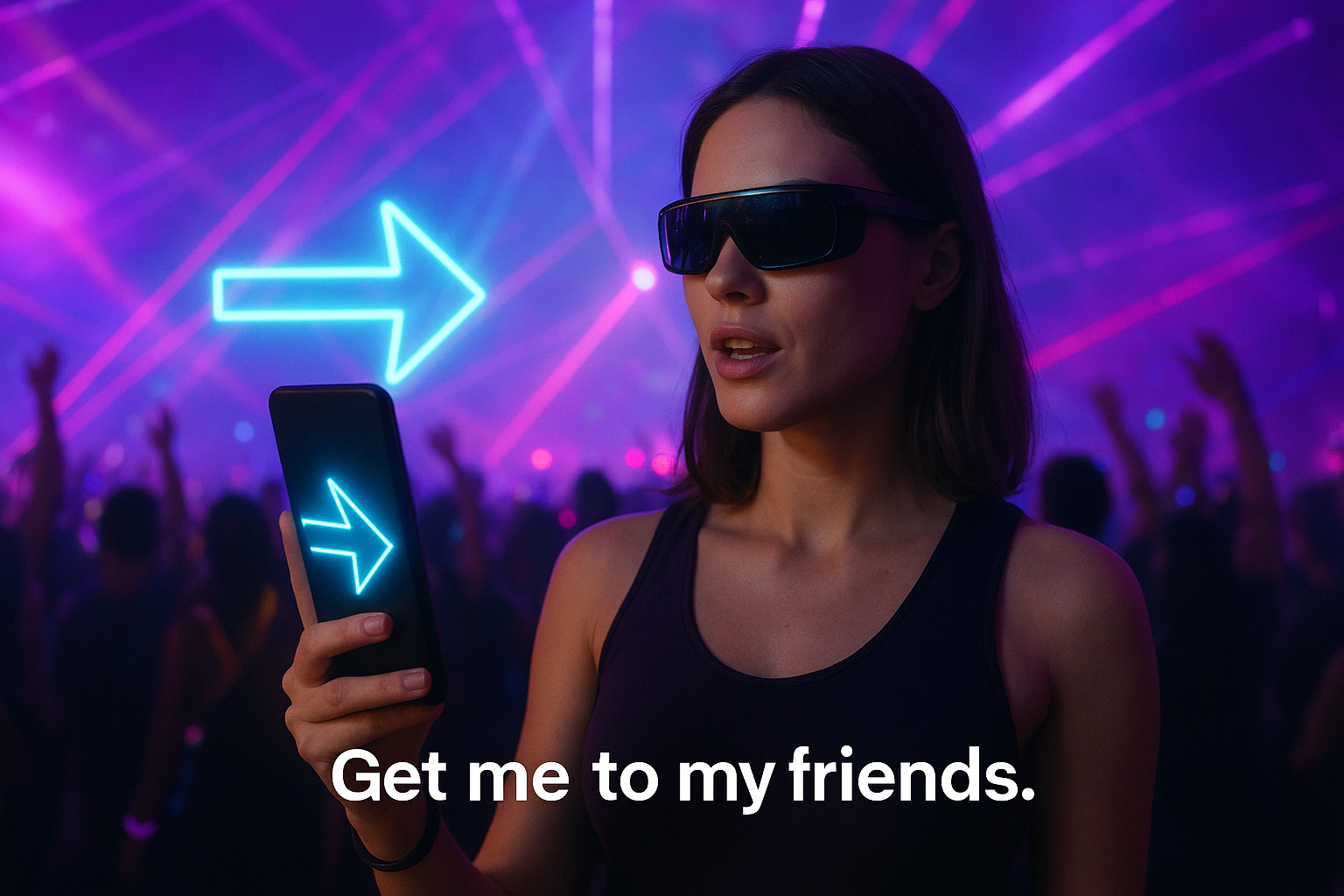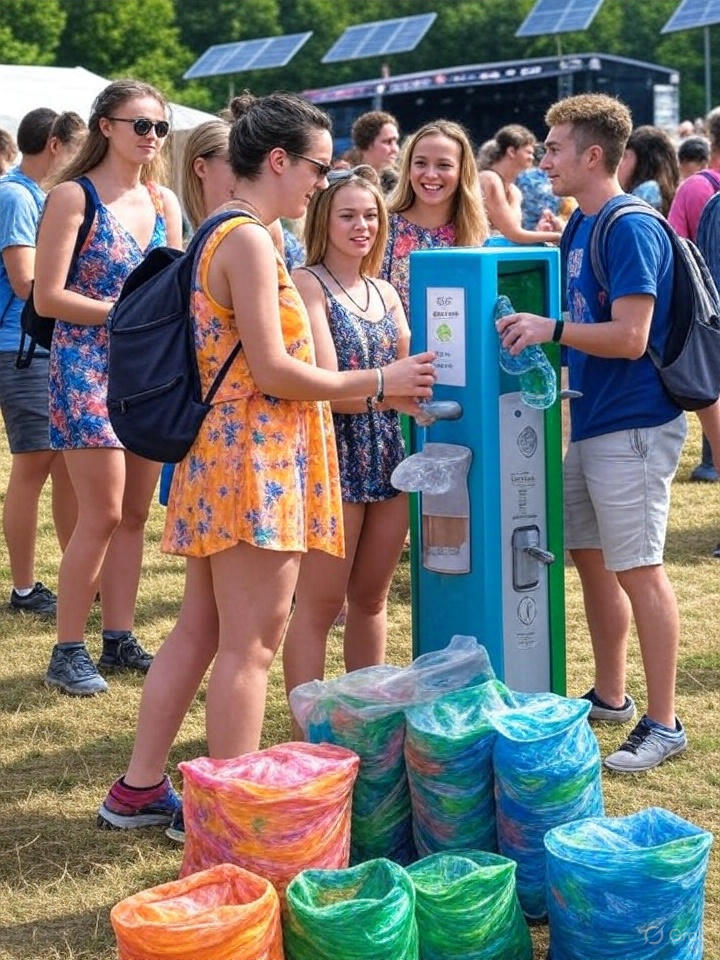Building an app that actually solves real problems isn't about flashy features or marketing hype. It's about getting your hands dirty in the mud of real-world testing, failing fast, and iterating even faster. This is the story of how FindTribe evolved from a crude prototype into what festival-goers now call their "event lifeline."
The First Ugly Prototype
Let's be honest: the first version of FindTribe was hideous. We're talking programmer-art-meets-sleep-deprivation ugly. But it did one thing remarkably well—it showed your friends as little dots on a map. That's it.
No fancy UI, no slick animations, just a map with dots. And you know what? People loved it.
"The best products don't start perfect—they start useful. Everything else is just polish."
I remember showing it to a group of friends before an event. Their reaction wasn't "wow, this looks professional" (it didn't). It was "holy crap, this would have saved us HOURS last year!"
That's when I knew we were onto something real. Not because we had built something beautiful, but because we had built something necessary.
The Colombian Experience
Estéreo Picnic in Colombia was our first real test. This wasn't just any festival - it's one of Latin America's largest music festivals with over 60,000 attendees across multiple days. I convinced friends and friends of friends to try the app, creating our initial test group.
Being there on the ground, watching people use the app in real-time was invaluable. We were able to see exactly how people interacted with the interface and what features they gravitated toward most.
Real-World Learning
We discovered that users primarily valued simplicity and reliability over fancy features. The core functionality—finding friends quickly—was what mattered most.
The first day of Estéreo Picnic was surreal. Seeing people using something I had built from nothing—watching as they found their friends, navigated the festival, and shared meeting points—it was overwhelming.
But the real moment came on day two. There was a sudden downpour—the kind of tropical rain that turns a festival ground into a mud pit in minutes. People were running for cover, groups were separating, and chaos was ensuing.
And then I watched as people pulled out their phones, opened FindTribe, and calmly regrouped with their friends under shelter. No panic. No lost connections. Just people finding their tribe, exactly as we had designed it to do.
Real Impact
That moment—watching real people solve real problems with our app—was when FindTribe stopped being a project and became a mission.
The Ultra Miami Expansion
After our successful test at Estéreo Picnic, I set my sights on Ultra Miami. This time, I took a different approach to user acquisition. I engaged with Facebook groups where festival-goers were already discussing plans and logistics, connecting with potential users who were actively looking for solutions to the exact problem we were solving.
The response was incredible. Our test group grew rapidly through word of mouth, with people literally stopping our users to ask, "What app is that? Friends would tell their friends and, without fail, those friends would want in too. It became so overwhelming that I had to create group passwords because I was getting swamped with requests for beta test access.
Ultra proved that our concept wasn't just perfect for one festival - it was perfect for music festivals in general. The core problem of finding and reconnecting with friends in crowded, chaotic environments was universal.
The Formula 1 Revelation
After our success at music festivals, I realized something crucial: the problem we were solving wasn't just a music festival problem. It was an any large event problem.
Formula 1 events seemed like a perfect fit. These are massive gatherings with some races attracting over 480,000 spectators across a weekend. The venues are sprawling, with multiple grandstands, fan zones, and food areas spread across complex layouts. Perfect for our solution.
But F1 fans are different from festival-goers. They want different features, have different pain points. We needed to adapt.
We started exploring features like grandstand maps, race schedules, and a "find my car" feature for the notoriously chaotic parking situations at F1 events, where tens of thousands of vehicles are spread across multiple lots.
"The best products evolve to meet users where they are, not where you thought they'd be."
F1 fans are data-hungry and tech-savvy. Their feedback has been incredibly valuable in helping us understand how to adapt our core functionality to different types of events.
Where We Are Today
Today, FindTribe continues to evolve based on real user feedback and experiences. We've refined our interface, added new features, and improved performance across the board.
The app is no longer ugly—it's actually pretty damn beautiful now. We've added features I never dreamed of in those early days: enabling users to create their own maps, location history, a lost and found section, and a lot more.
But at its core, FindTribe still does what that first prototype did: it helps you find your people when it matters most.
And that's something worth waking up at 4AM for.
What's Next
We're just getting started. The festival and event space is evolving rapidly, and we're evolving with it. We're currently exploring opportunities to bring FindTribe to Formula 1 events and are excited about the potential to introduce the app at the World Cup next year.
Because at the end of the day, these events are about connection—to the music, to the experience, and most importantly, to each other. Technology should enhance those connections, not get in their way.
That's the FindTribe mission, and we're sticking to it.




Leave a Comment
Share your thoughts, experiences, or questions about this article.
Thank you for your comment! It will appear after moderation.
Oops! Something went wrong. Please try again.